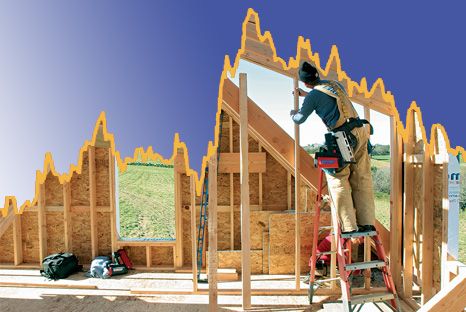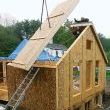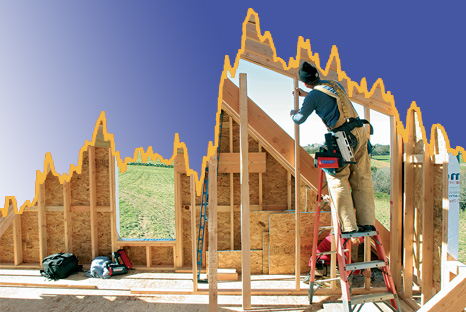Predictions 2010: The Building Industry Outlook for the Decade Ahead

The year end is historically a time for reflection. This year even more so as we draw the curtain on the first decade of the 21st century, which played host to some of the most monumental changes ever to affect the building industry.
Over the past 10 years we’ve experienced extremes in every direction. Home prices and home ownership skyrocketed to record heights. But we also experienced one of the worst housing downturns and the biggest spikes in foreclosures in history. It was a century when houses got larger and more energy hungry — giving rise the term “McMansion” — while at the same time energy-efficient building practices have become more and more mainstream as builders and home owners strive to build houses that use less and offer more.
Rather than looking back on the decade past, the editors of Fine Homebuilding decided that now was a better time to look ahead. Here are our predictions for what you can expect from the building industry in the decade ahead. We also want to hear your thoughts. Post a comment below with your own forecasts and predictions.
 |
New Home Construction Shifts from Job Site to Factory The modern job-site will become a place of assembly and installation as more house components and systems are prefabricated off site. |
 |
Blue is the New Black Forget oil. Water conservation will drive new building trends in the next decade. |
 |
Granite Countertops are So Last Decade High prices and high maintenance are just two reasons this ubiquitous luxory kitchen countertop material will fall out of style |
 |
Contractors See Lean Times and Big Opportunities in 2010 Weatherization and small remodeling to outpace new construction projects as the building economy regains traction. |
 |
Insulation is Sexy Stuff President Obama thinks so, and so do government bean counters. Learn why insulation upgrades and deep energy retrofits are the future. |
Fine Homebuilding Recommended Products
Fine Homebuilding receives a commission for items purchased through links on this site, including Amazon Associates and other affiliate advertising programs.

Handy Heat Gun

8067 All-Weather Flashing Tape

Affordable IR Camera
























View Comments
as americans I believe we will continue to redefine how our industry will remain profitable and vibrant. perhaps times like these will be a catalyst to better ideas that will pay off bigger in the long run than if we maintained our current path.
I have an interesting perspective on this: last year a builder put up a modular next to me on one side of my property, another put up a "stick-built" custom, and I built my own house (I did everything myself, including some of the excavation). I was able to get a good handle on the pros and cons of each of these methods. From the neighbors it would seem that my house won hands-down in terms of aesthetics, character, and "likability". Since I was doing everything, I could create a unique structure unlike any other in the neighborhood. I'm not a pro builder, but I was able to use the best materials in a way that would not have been done by trades people. But from my own perspective I could see that the factory-built modular is the best house in terms of build-quality and solidness. I was able to go over regularly and watch their progress, and the tolerances they were able to get in the factory, along with the super-insulation they used, were top-notch. The stick-built house was the least successful of the three: this is New England, and that house was exposed to a lot of cold, wind, and rain while it was being built.
I think that 2010 may be a pleasant surprise for the doom and gloom that we have been listening to for so long. The combination of of the stimulus plan, low interest rates, and the lowest housing prices in some time may help us exceed or expectations: http://blog.diggerslist.com/2009/12/25/homebuilding-looking-stable/